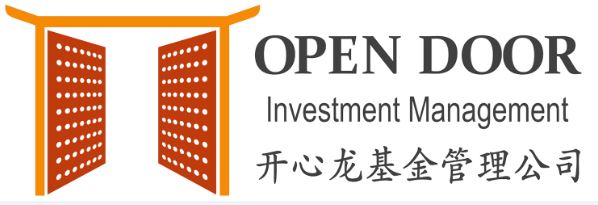We Have Seen Three “Bottoms”
For the Chinese stock markets, we have seen three “bottoms”: a policy bottom, an economic bottom and an equity market bottom.
The Politburo’s policy shift from regulatory scrutiny to stimulating domestic consumption at the end of July marks a significant shift in the Chinese capital market.
Following the Politburo’s supportive signals, China has unleashed a slew of measures to lift household consumption, rescue the property market and shore up the yuan. When looked at individually, each measure might not be enough to move the needle, but in total we think the effect is significant and should not be overlooked.
Monetary policy:
- Lowered the policy lending rate by 15 basis points to 2.5%;
- PBOC trimmed its one-year loan prime rate (LPR) by 10 basis points to 3.45%;
- RRR cut by another 25 basis points to 7.4% in average;
- Mortgage down payment reduction (20% for first-time home buyers and 30% for second purchasers);
- Mortgage interest rate cuts (renegotiable); and
- More interest rate reductions if the Fed starts rate cuts.
Fiscal policy:
- Extension of personal income tax rebate for household upgrading;
- Extension of NEV purchase tax rebate;
- Tax reduction for taking care of children and parents and for education;
- Stamp duty on stock transactions was cut in half, the first such reduction since 2008;
- Issuance of special local government refinancing bonds
- 22 provinces issued Rmb950bn so far, with a total amount to be Rmb 1.5 trillion in 2023)
- Focus on the renovation of urban villages and affordable housing
- Buyers are commercials banks, insurance companies and government pension funds
- More flexible, excluded from the national official budget
- The next step: the national debt ratio to increase?
From the macro point of perspective, we are at the bottom and probably coming out of that. The economy is doing better than it gets credit for from September.
- 3Q GDP growth topped 4.9% (1-3Q GDP +5.2%);
- Retail sales grew by 5.5%, above expectations;
- Industrial output grew by 4.5%;
- Electricity output grew by 7.7% and electricity use by 9.9%;
- Both manufacturing PMI and non-manufacturing PMI back to expansionary territory, to 50 and 51.7 respectively; and
- 5% GDP growth in 2023 is achievable.
We have also identified 6 signals that suggest the equity market has bottomed.
- Northbound outflow: record outflow of Rmb90bn in August (top 40 global investors’ positioning in overall Chinese equities dropped to 1% from 2% in 2020)
- A share market turnover: near a 3-year low below 1% of market cap
- HK market short selling turnover: elevated to 18% of total turnover
- Rmb FX rate: depreciated by 5.7% year to date to 7.30
- China 10-year government bond yield: currently at 2.7%, below the CSI 300 Index yield at 2.8% and a 220bp discount to the US equivalent (China is entering a “cheap money” era just as the West is leaving it).
- The government sovereign funds have started buying equities.
One signal that showed up most recently was the foreign outflows out of the A-share market. August was the largest monthly outflow on record; historically we have found that investors that bought in after such large outflows could make decent returns on a 3-month basis. The other signals included the FX rate and the 10-year government bond yields, both of which are at extreme levels. For the A-share market, low turnover, and for H, high levels of shorting have, respectively, also coincided with market troughs. While individually these signals may not indicate a market bottom, the combination seems powerful.
The biggest challenge is confidence. We believe, with more positive and sustainable economic recovery signals coming up, investors will come back to the market.

